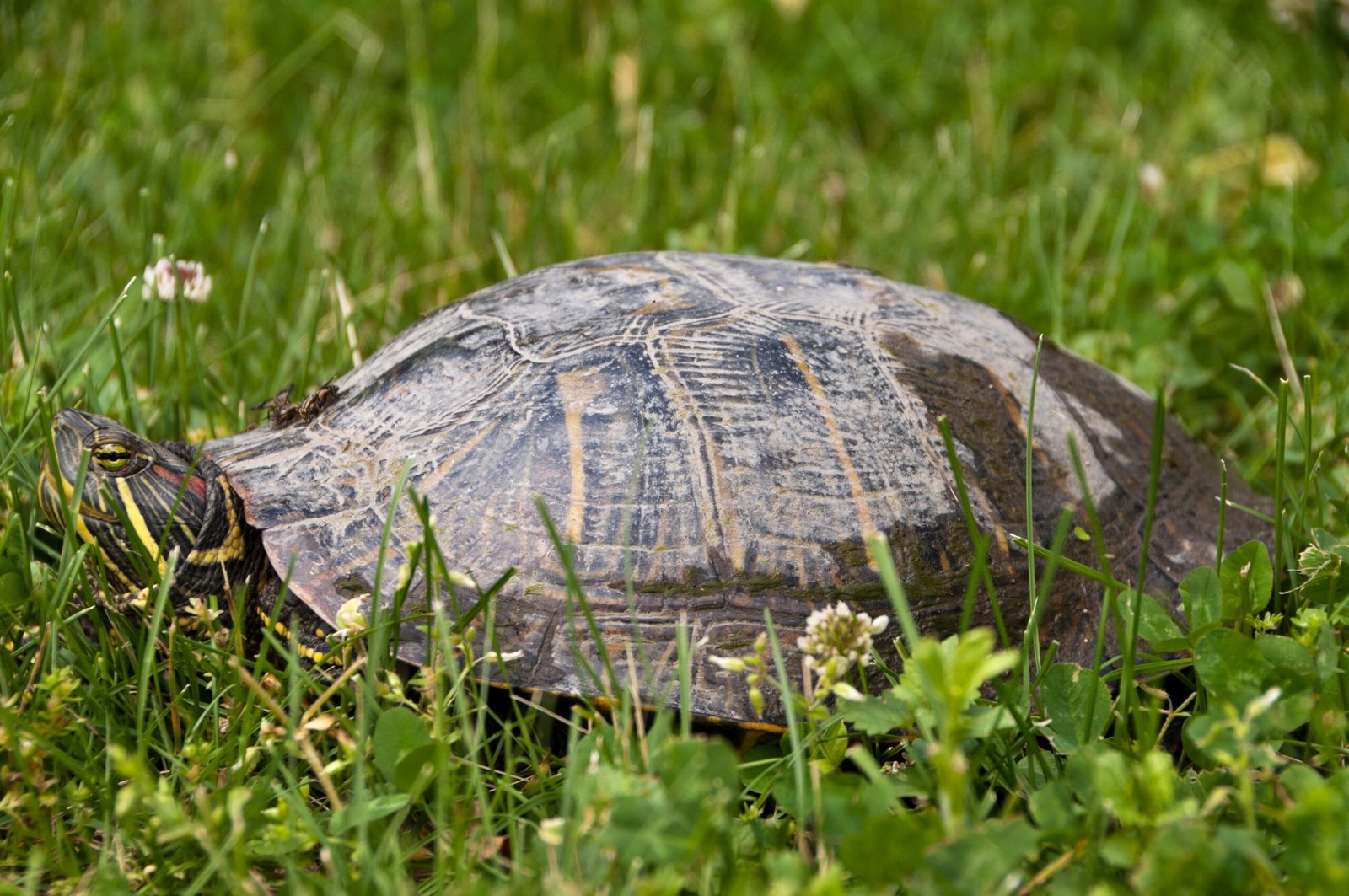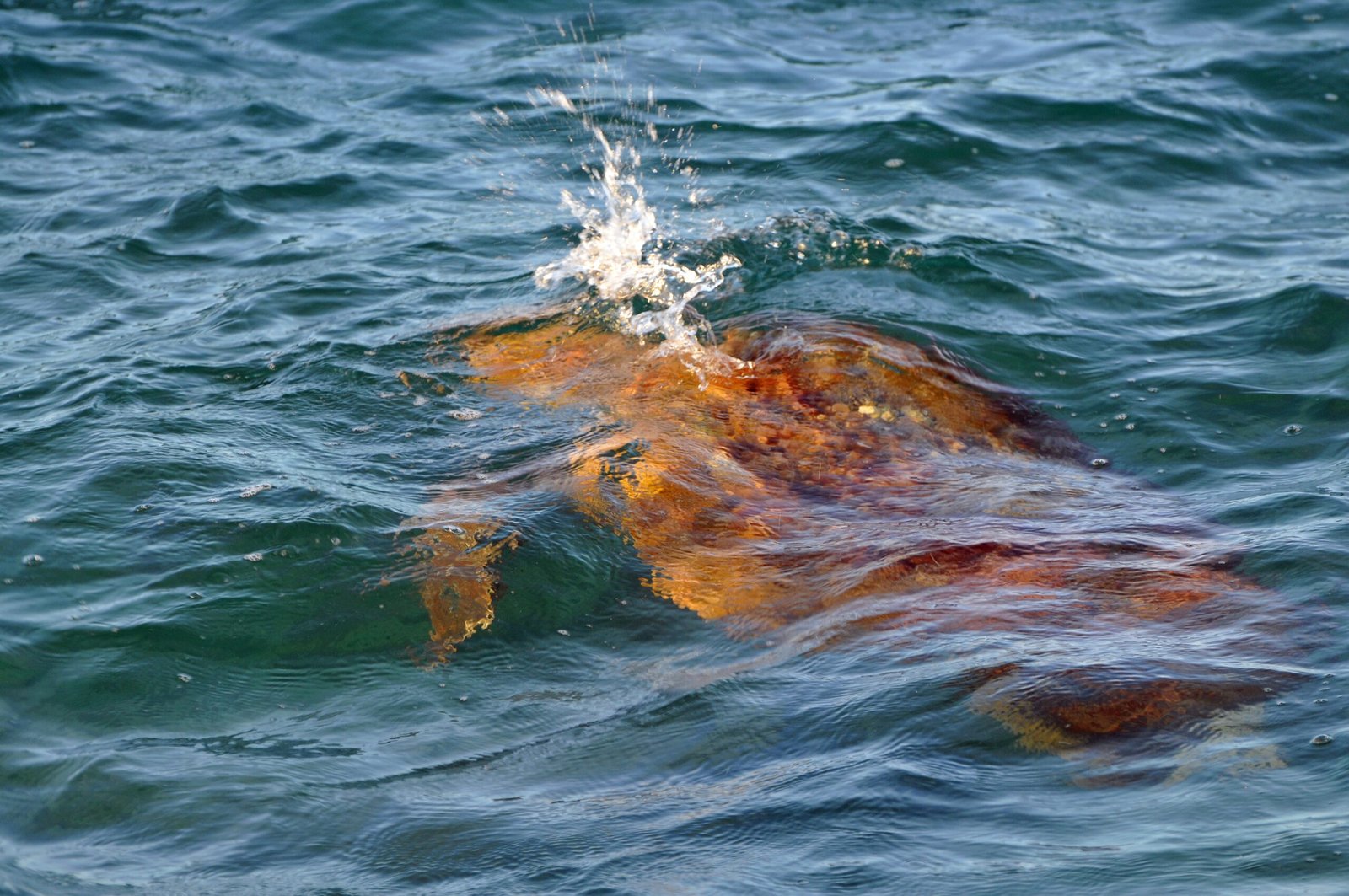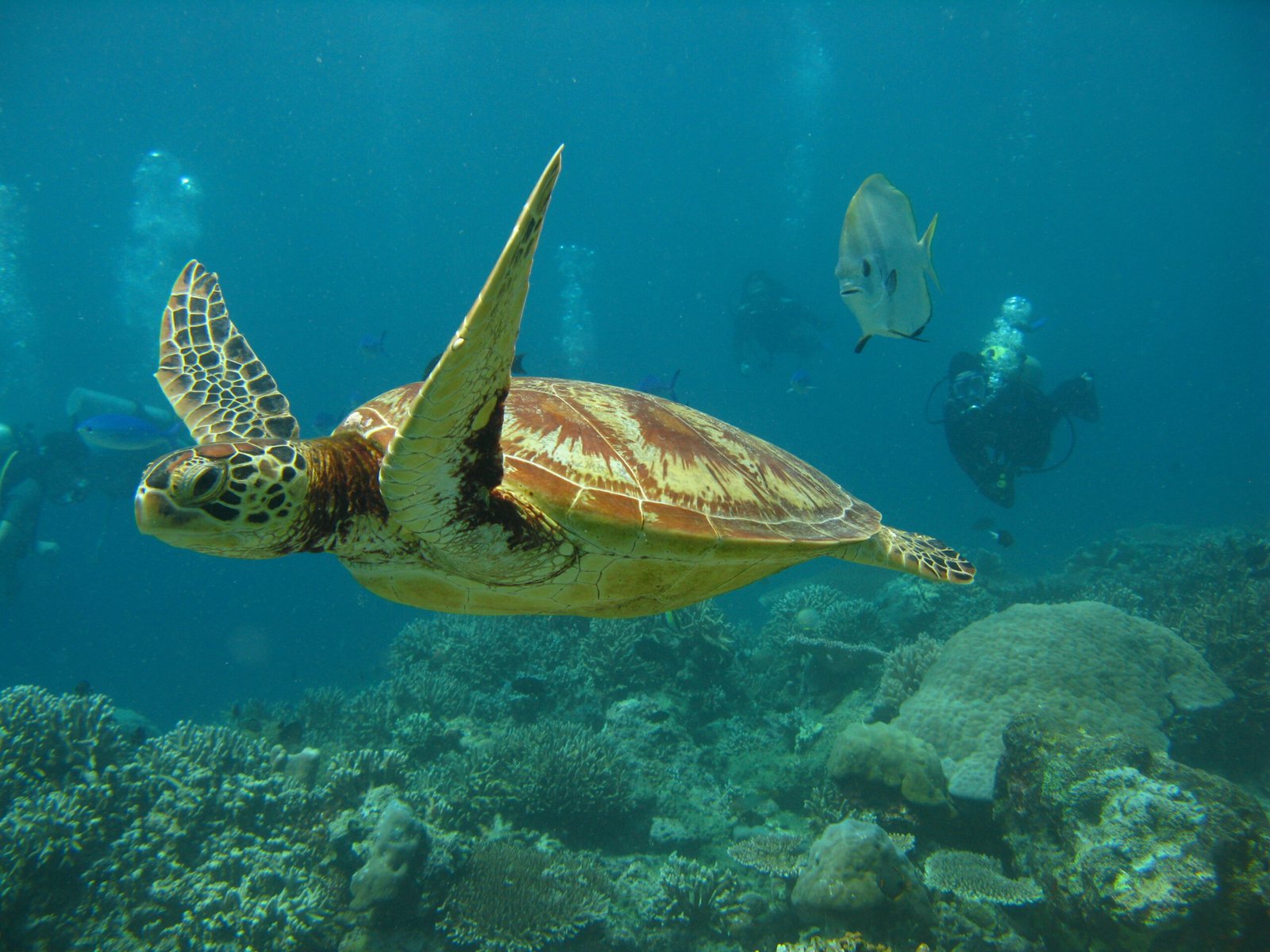Imagine sinking into the icy silence of a frozen pond, buried beneath a thick layer of snow and ice, with no way to reach the surface for air. For most creatures, this would spell certain doom. But for turtles, these frigid months are not a death sentence—they are a time for one of nature’s most astonishing survival acts. These ancient reptiles have a secret superpower: they can breathe through their butts. This bizarre but true phenomenon is not just a curious oddity; it’s a breathtaking display of evolution’s ingenuity, revealing how life finds a way even in the most hostile conditions.
The Frozen World Turtles Call Home
As winter arrives and temperatures plummet, many freshwater turtles retreat to the muddy bottoms of ponds, lakes, or rivers. The water above them freezes solid, locking them away from the outside world and cutting off access to the surface. In this suspended, ice-locked state, turtles face a serious challenge: how to survive for weeks or even months without fresh air. These conditions would suffocate most animals, but turtles have developed remarkable ways to cope with these harsh environments.
Why Regular Breathing Isn’t Possible
Turtles, like other reptiles, typically rely on their lungs to breathe. However, during hibernation—technically called brumation—turtles become lethargic and stop swimming to the surface. The icy barrier above prevents them from sticking their heads out to gulp air. Their metabolism slows to a crawl, reducing their oxygen needs, but the body still demands a minimal supply to keep vital organs functioning. So, how do they get that precious oxygen trapped under all that ice?
The Cloaca: Nature’s Multi-Tool
Enter the cloaca—a fascinating anatomical feature found in reptiles, birds, and some amphibians. It’s a single opening located near the tail, serving as the exit for waste, eggs, and, incredibly, as an alternative breathing apparatus. The cloaca is lined with specialized tissues that are rich in blood vessels, making it possible for turtles to absorb oxygen directly from the water. This process is scientifically known as cloacal respiration, but it’s often called “butt breathing” for obvious reasons.
How Butt Breathing Actually Works
Cloacal respiration works a bit like underwater gills. When turtles hibernate, they pump water in and out of their cloaca, allowing dissolved oxygen in the water to pass through thin membranes and into their bloodstream. This ingenious adaptation means that even when a turtle is completely submerged and motionless, it can still extract enough oxygen to survive. The slow, steady exchange is incredibly efficient, especially given the turtle’s drastically reduced energy needs during hibernation.
The Science Behind Cloacal Respiration
The tissues inside the cloaca, called bursae, are key to this breathing trick. These bursae are covered in tiny blood vessels that make gas exchange possible. Scientists have measured the oxygen uptake in turtles and found that during brumation, nearly all of the turtle’s oxygen can come from this “rear-end” respiration. While it may sound strange, it’s actually a marvel of efficiency—a testament to how evolution can solve life-or-death puzzles in the most unexpected ways.
Species That Master the Art of Butt Breathing

Not all turtles are equally skilled at this peculiar form of respiration. The painted turtle and snapping turtle are two shining examples of species that have perfected the art of cloacal breathing. In fact, the painted turtle holds the record for surviving the longest under ice, sometimes up to 100 days without surfacing. These turtles live in environments where winter freezes are common, so their survival depends on this remarkable adaptation.
Metabolism: Slowing Down to Survive

An essential part of the turtle’s winter strategy is drastically slowing down its metabolism. This means that every heartbeat, every cell, and every chemical process in the turtle’s body crawls along at a snail’s pace. Because their bodies require so little energy, the small amount of oxygen absorbed through the cloaca is enough to sustain them. It’s as if turtles hit the ultimate pause button, stretching out their limited resources to last until spring’s thaw.
Challenges of Underwater Hibernation

Despite their superpower, hibernating underwater is not without risks. If the pond water loses too much oxygen, turtles can find themselves in trouble. In these cases, they may switch to anaerobic metabolism—breaking down energy without oxygen—which leads to a buildup of lactic acid in their bodies. Turtles have some tolerance for this, but it can be dangerous if the winter drags on for too long or if oxygen levels drop too low.
Real-World Encounters with Butt Breathing
Nature lovers and scientists alike have marveled at the resilience of overwintering turtles. In early spring, when ice thaws and the water warms, these turtles emerge from the mud, seemingly resurrected from their frozen tombs. Observers often find them sluggish at first, slowly regaining their energy as they bask in the sun. Their survival, against all odds, is a testament to the wonders hidden beneath the surface of ponds and lakes.
Why Butt Breathing Matters Beyond Curiosity

This quirky adaptation is more than just a fun fact—it’s a vital part of aquatic ecosystems. Turtles play important roles in controlling insect populations, cleaning up dead matter, and serving as food for other animals. Understanding their unique hibernation strategies helps scientists protect turtle habitats, especially as climate change threatens to disrupt the delicate balance of these icy refuges.
A Hidden Marvel Waiting to Be Discovered

The next time you pass by a frozen pond, imagine the secret world beneath your feet. There, in the mud and darkness, ancient turtles wait out the winter, defying death with their strange and wonderful ability to breathe through their butts. Nature is full of surprises, and the more we learn, the more we are reminded of the incredible creativity of life. Have you ever wondered what other hidden talents animals might be using right beneath our noses—or tails?




